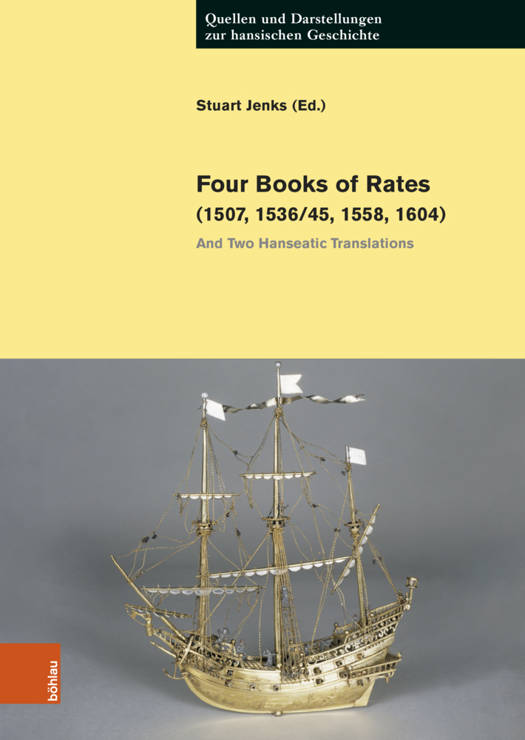
- Afhalen na 1 uur in een winkel met voorraad
- Gratis thuislevering in België vanaf € 30
- Ruim aanbod met 7 miljoen producten
- Afhalen na 1 uur in een winkel met voorraad
- Gratis thuislevering in België vanaf € 30
- Ruim aanbod met 7 miljoen producten
Zoeken
Four Books of Rates (1507, 1536/45, 1558, 1604)
And Two Hanseatic Translations
€ 137,45
+ 274 punten
Uitvoering
Omschrijving
These Books of Rates list - for the use of English customs officials - the official values of hundreds of products commonly traded overseas in the sixteenth century. What goods needed to be listed and what their official valuations were held to be, had been the subject of wary negotiations between the crown and the Merchants Adventurers. These lists thus offer us four snapshots of the shape of English foreign trade. But that is not all. Unbeknownst to all previous scholars, the 1536/45 and 1558 Books of Rates were translated into German (in 1558/60) for the use of Hanseatic diplomats haggling with the crown about customs rates. These translations reflect Hanseatic commercial interests in trade with England, in a word: the shape of the Hanse's trade with England. The subject indices, structured to function as a glossary, will serve as a glossary for all scholars working on the economic history of the sixteenth century.
Specificaties
Betrokkenen
- Uitgeverij:
Inhoud
- Aantal bladzijden:
- 351
- Taal:
- Engels
- Reeks:
- Reeksnummer:
- nr. 80
Eigenschappen
- Productcode (EAN):
- 9783412530709
- Verschijningsdatum:
- 12/08/2024
- Uitvoering:
- Paperback
- Formaat:
- Trade paperback (VS)
- Afmetingen:
- 170 mm x 239 mm
- Gewicht:
- 322 g

Alleen bij Standaard Boekhandel
+ 274 punten op je klantenkaart van Standaard Boekhandel
Beoordelingen
We publiceren alleen reviews die voldoen aan de voorwaarden voor reviews. Bekijk onze voorwaarden voor reviews.







